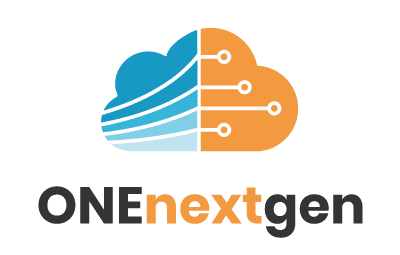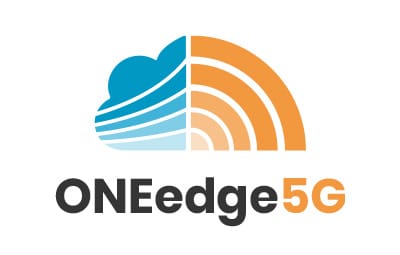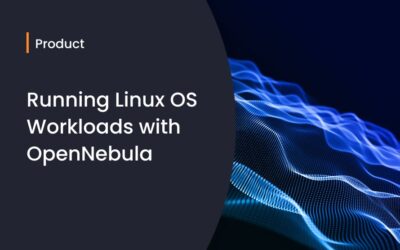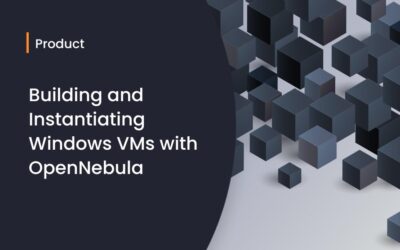We’re excited to introduce OpenNebula 7.0 “Phoenix” Beta, the first public preview of our next-generation major release. This development version includes all the major new functionality planned for 7.0, and from this point onward, the development team will focus on ironing out bugs, with only minor features potentially added before the final release. Please note that OpenNebula 6.10 remains our Long-Term Support (LTS) version, offering long-term stability and reliability for enterprise deployments over multiple years.
Please note that this beta version is not upgradeable from 6.10.x, nor to the final 7.0.0 release. It’s intended for testing and feedback, not production use. We encourage you to review the known issues and report any bugs through our GitHub development portal.
What’s New in OpenNebula 7.0 “Phoenix”
1. VMware Re-virtualization
OpenNebula 7.0 “Phoenix” introduces a powerful set of features to support organizations transitioning from VMware-based environments. These updates go far beyond basic migration tools—bringing critical improvements across storage, backup, and capacity management.
Enhanced Storage Capabilities
- Native NetApp iSCSI driver: leverages NetApp’s native API for LUN management to optimize operations for VM disks management.
- LVM backend improvements: introduces support for snapshots, full backups, and various performance optimizations. These enhancements leverage LVM Thin and provide significant improvements over the original LVM-based management.
- OVA import support: easily defines VM templates from widely used OVA files.
- Local datastore enhancements: streamlined operations for qcow2-based VM disks, featuring a complete backend rewrite for improved maintainability and performance.
- NFS auto-mount: simplifies the configuration and management of SAN/NFS in shared storage scenarios, covering the complete lifecycle of storage resources.
Expanded Backup Support
- Incremental backups for Ceph: leverages Ceph’s native snapshot capabilities to enable incremental backups. This initial implementation does not include retention policy support, which is planned for an upcoming maintenance release.
- Veeam integration: allows policy-based backup and restore operations directly for OpenNebula-managed VMs through the Veeam console.
- Full backup support for LVM: enables full backups using native LVM mechanisms. Incremental backup support is planned for a future release to further enhance backup efficiency.
Smarter Capacity Planning and Quota Management
- Intelligent DRS: a full-featured alternative to VMware DRS, including predictive scheduling, customizable policies, and automated VM migrations.
- Predictive monitoring: time-series analysis of infrastructure metrics helps anticipate issues and optimize resource use.
- Cluster-level quotas: allow setting per-user or per-group resource limits at the cluster level, enabling precise control over resource consumption across different locations—particularly valuable in distributed edge deployments.
- Generic quota definitions: track and control usage of custom resources such as vGPUs, licenses, or any administrator-defined metrics.
2. Sovereign AI Factories
OpenNebula 7.0 introduces foundational support for AI and GPU-accelerated workloads:
- Support for NVIDIA mediated devices using the framework introduced in Ubuntu 24.04.
- vGPU profile management at the host and cluster level, specifically for NVIDIA cards, allows fine-grained control over GPU resource allocation across different hardware setups.
- PCI Device Selection: configurable by host or cluster, allowing granular control over PCI resource allocation. Selecting devices per host enables effective management of available capacity and precise control over device assignments in heterogeneous environments.
- AI Inference Appliances: support for enhanced Ray and NVIDIA’s new Dynamo platforms—both featuring integration with Hugging Face, vLLM, OpenAPI, model quantization, and Multi-GPU capabilities.
3. Multi-Cloud and Edge Computing
OpenNebula 7.0 introduces major groundwork for improved hybrid cloud provisioning and expands support to ARM architecture.
- Improved automated provisioning for hybrid cloud clusters: this version removes the legacy provisioning component, incorporating internal code changes that lay the groundwork for a complete rewrite. The fully redesigned provisioning system, featuring enhanced support for additional providers, will be released in a subsequent maintenance update.
- ARM architecture support, including OpenNebula packages and Marketplace appliances for aarch64.
4. Usability and UI Improvements
The Sunstone interface continues to evolve:
- Sunstone UI updated with targeted improvements to accessibility, navigation, and data visualization as a first step toward a full re-styling.
- New cloud view for end users: a dashboard with real-time metrics and quick access to common actions.
- Dynamic Tab support for seamless integration of third-party or custom tools. This functionality will allow you to easily develop and add new sections in Sunstone.
- Optimized VNC console access, with refined security and reliability.
- Support for VM Template Profiles with pre-defined provisioning settings.
- Improved rendering of user inputs during appliance import, making them clearer and easier to complete
5. Applications and Networking
- Transparent proxying allows VMs to access external services like OneGate without requiring complex networking.
- VLAN filtering support has been added for Linux bridge-based networking drivers, simplifying the handling of service and customer VLAN tags.
- CAPI/Rancher Appliance: provides a turnkey solution for deploying and managing RKE2 clusters through Rancher’s web interface, leveraging the OpenNebula Kubernetes Cluster API implementation.
Looking Ahead
The name “Phoenix” reflects a broader transformation in cloud infrastructure—symbolizing resilience and rebirth for organizations rethinking their architecture in the face of AI, multi-cloud, and edge computing trends.
This beta represents a major leap forward, especially for those migrating from VMware or modernizing their stack for next-generation workloads. We invite you to explore the features, join the community conversations, and help shape the final 7.0 release.
Stay tuned—OpenNebula 7.0 “Phoenix” is almost here.
Many of these innovative features have been developed in the context of the €3B IPCEI-CIS project.






0 Comments